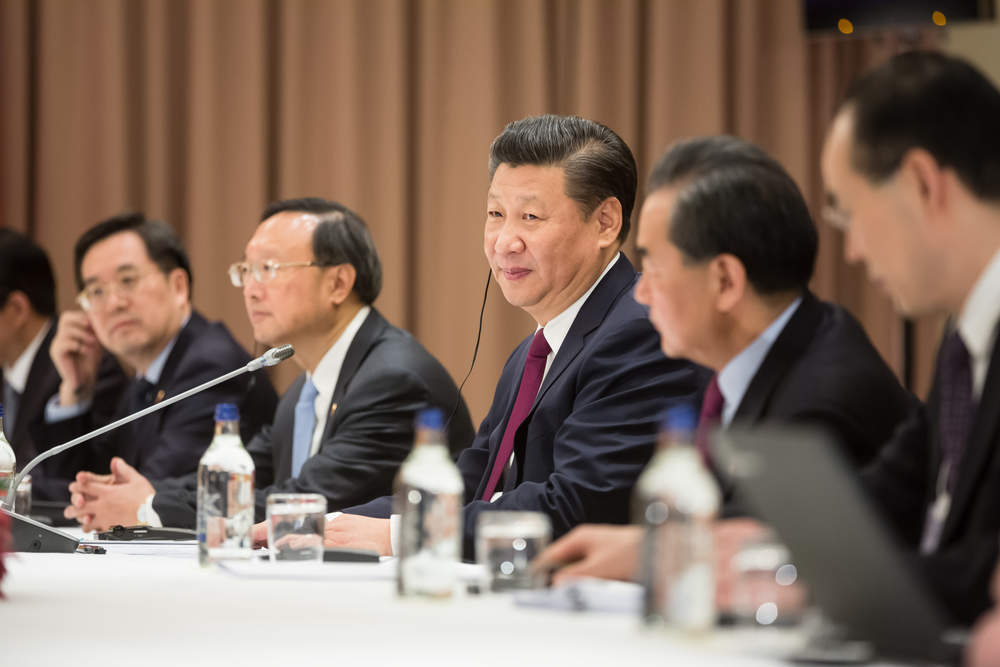
The Belt and Road Summit, jointly organised by the Hong Kong Special Administrative Region (HKTDC) government and the Trade Development Council, is expected to attract more than 2,500 participants on Monday.
Government officials as well as representatives from international institutions and business leaders will attend the event entitled “From Vision to Action.”
Vincent Lo, chairman of the HKTDC said:
“No matter how big the investment projects are — even those up to tens of billions of dollars — [these projects] will need the participation of small companies. The big corporations can’t do it all.”
It is hoped that the forum will promote more concrete cooperation when it comes to building infrastructure and improving trade relations, especially among the Association of Southeast Asian Nations (ASEAN), he added.
But what exactly is the Belt and Road Initiative?
China’s Belt and Road initiative is a program which aims to expand trade links between Asia, Africa, Europe and beyond.
How well do you really know your competitors?
Access the most comprehensive Company Profiles on the market, powered by GlobalData. Save hours of research. Gain competitive edge.

Thank you!
Your download email will arrive shortly
Not ready to buy yet? Download a free sample
We are confident about the unique quality of our Company Profiles. However, we want you to make the most beneficial decision for your business, so we offer a free sample that you can download by submitting the below form
By GlobalData“[It is] a Chinese solution to global economic blues,” according to the country’s official news agency Xinhua.
A key element of the Belt and Road Initiative is to stimulate economic growth by connecting countries to one another, creating what China calls a “modern Silk Road.”
Pipelines in Pakistan, bridges in Bangladesh and railways to Russia all feature in China’s plans.
As much as $1.1bn will be spent on creating a “port city” in Sri Lanka’s Colombo, across from Gwadar, while a 3,000km (1,900 mile) high-speed rail line will connect south-west China to Singapore.
Building massive amounts of infrastructure means as much as $150bn is being pumped into such projects each year across the 68 countries that have signed up to the scheme.
The Belt and Road Initiative embraces projects as far afield as New Zealand, Britain and even the Arctic.
The ratings agency Fitch said $900bn in projects were planned or underway in a report it released at the start of this year.
Funding is expected to continue to be provided by a variety of Chinese or China-backed banks and credit funds.
China’s sovereign wealth fund announced a $40bn Silk Road Fund in 2014.
The Belt and Road Initiative is expected to dwarf America’s’ post-war Marshall reconstruction plan, according to the global consultancy McKinsey.
The Chinese government’s push to kickstart a “new era of globalisation” will require as much as one-third of its GDP and will move about a quarter of all its goods and services.
The initiative was officially launched in September 2013 when China’s president Xi Jinping announced his ambitious aims during a speech at a university in Kazakhstan.







